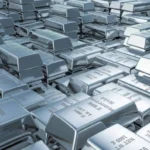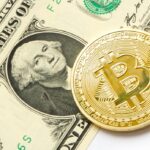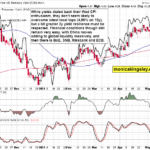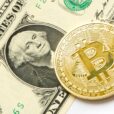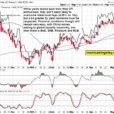
<< Read Part 1: Why Stock Prices Are What They Are
<<Read Part 2: From Dividends To EPS – Why Stock Prices Are What They Are
<<Read Part 3: Out Of The Ivory Tower – Why Stock Prices Are What They Are
This series discussing why stocks are priced as they are has traveled a log way. We started with the academic Dividend discount Model (Part 1), stretched it to EPS-based valuation (Part 2), and then moved on to see how a variety of other fundamental and technical factors could help steer us in the right direction (Part 3). But through it all, it seemed as if we were home free once we had directly or indirectly established the value of a stock. In other words, we had assumed that price is equal to value, or that P = V.
Price Equals Value Plus Something Else
That is not the case. In fact price is equal to value plus something else. To understand what “something else” is, we can start with Stock Prices and Social Dynamics, Nobel Laureate Robert Shiller’s 1984 Brookings Paper on Economic Activity (Vol. 2). Skipping all the intricacies, he describes demand for stocks as the sum of demand from each of two groups; smart money investors (those who make decisions based on value-relevant information subject only to wealth constraints), and ordinary investors, those who “do not respond to expected returns as optimally forecasted” (page 477), or in other words, everybody who is not a smart-money investor.
Put in simpler terms, we could say total demand for stocks is the sum of demand from those who use value plus demand from those who don’t. That seems obvious. The impact of Shiller’s framework is to present the latter, not as a collection of dark forces to be overcome by information and education, but as a normal part of the stock market’s equilibrium state. This is vital.
So if, for example, you’ve been short Amazon.com ($AMZN), Tesla ($TSLA) or some other stock like that which seems to be priced way out of proportion to any recognizable notion of value (a possibly oversimplified statement, but for purposes of this article, let’s just accept it), this may give you a clue why so far, except for some little down drifts here and there, you’ve been disappointed.
If you take financial exposure based on a proposition that stocks like that have too eventually move toward valuation and that the whackos who overpay will eventually get their comeuppance, well, that is not necessarily a good idea. According to Shiller (not to mention mountains of evidence based on market experience), the ordinary investor component of stock prices is an inevitable part of the market and cannot be expected to vanish. And shortly afterward, Fisher Black (the Fisher Black from the Black Scholes Merton option pricing model who was likewise well known to the Nobel committee but couldn’t get the prize because it isn’t awarded posthumously, but his partners got the prize for work on the model that bears his name) pointed out that this sort of non-rational value-based trading, which he referred to as “noise” was essential to the proper functioning of the stock market. If it didn’t exist, if traders did only what was “right,” nobody would ever sell since nobody would make a trade that would, by definition, be a mistake. “Noise trading provides the essential missing ingredient . . . . With a lot of noise traders in the market, it now pays for those with information to trade. It even pays for people to seek out costly information which they will then trade on.” Fisher Black, Noise Papers and Proceedings of the forty-Fourth Annual Meeting of the America Finance Association, New York, New York, December 20-30 1985, Journal of Finance, Vol. 41, Issue 3 (July 1986), pp. 529-43 at 531.
Going back to Shiller, he didn’t simply take note of the inevitable presence of ordinary investors. He evaluated their strength in the market relative to that of smart money. There’s a bunch of wonky math involving Greek letters (as there always seems to be when academicians start writing) and elaborate fractions with lots happening in both numerators and denominators. I’m sure you’d be happy to have me skip all that and get right to the punch line. So here goes:
- Trading costs (commissions, slippage)
- Holding costs (the costs of maintaining a position)
- Information costs (the costs of getting the information needed to acquire and monitor a position)
For our purposes, let’s ignore trading and holding costs and pretend that information costs are where we should focus. (That makes sense since trading costs and interest raters are a heck of a lot lower than they used to be.) Also, consistent with the work of Stanford’s Dr. Charles M.C. Lee, we’ll extend Fisher Black’s terminology and henceforth refer to smart money as “value” and ordinary investors as “noise.”



